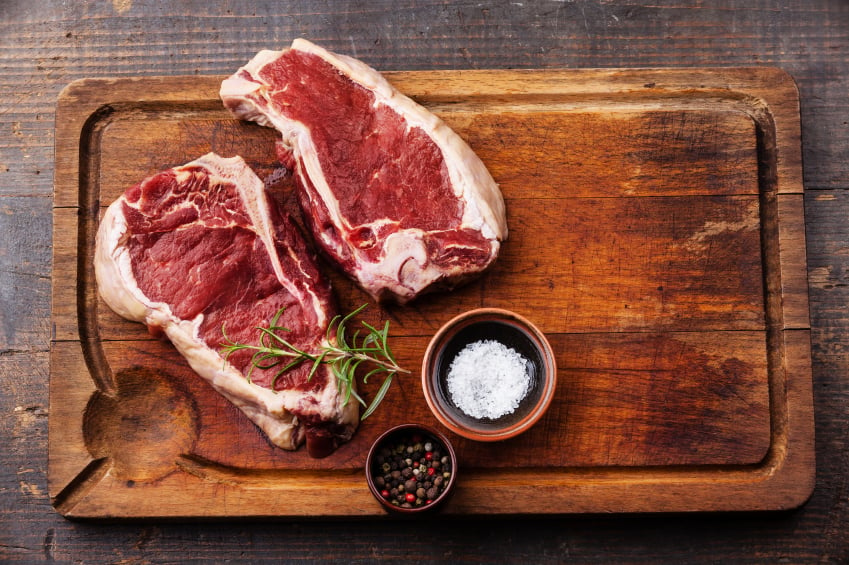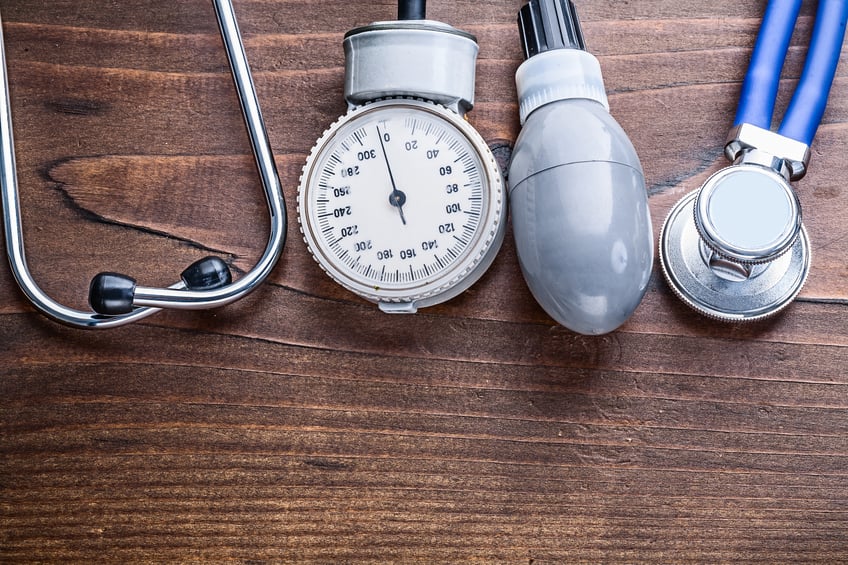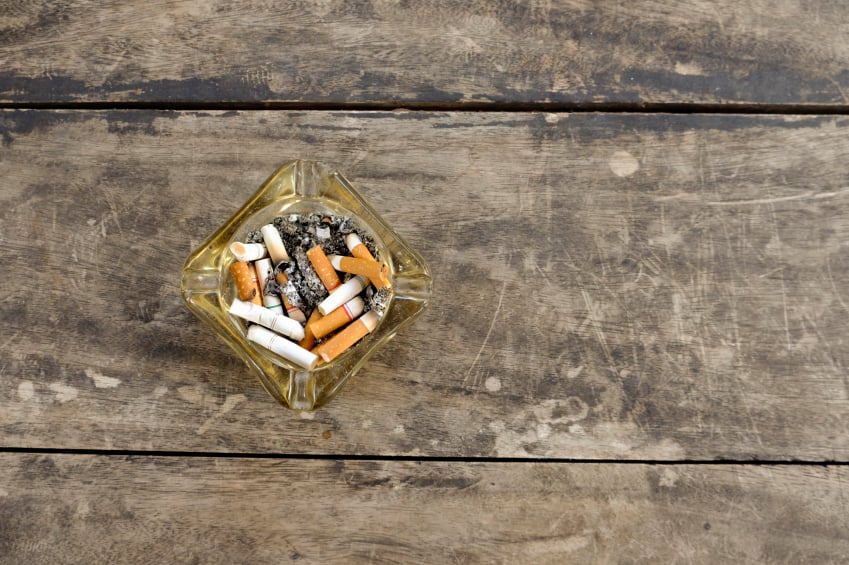There are some bad work habits that might get under your co-workers’ skin. If you or your co-workers have some quirks or bad habits that are annoying, you’ve got company. Roughly 77% of respondents in a CareerBuilder survey said they have witnessed some type of childish behavior in the office.
However, when it comes to the types of habits we’re talking about, it’s far from child’s play. Some bad work behaviors are annoying, but there are other habits that are much more serious. That’s because they could cost you your life. Working yourself hard might get you that raise and promotion you’ve been longing for. But working too hard for too long could put you in the grave. Here are some dangerous work habits that could cause you to die early.
1. Holding in anger
Your boss is likely to get you very angry at some point. However, it’s important to learn how to deal with this anger in a healthy way. Too many workers don’t know what to do with their feelings of frustration, so they either hold these feelings in or explode at a family member when they get home. Holding on to work anger usually builds up until you can’t hold it in anymore, or it can slowly make you sick.
How anger can be deadly
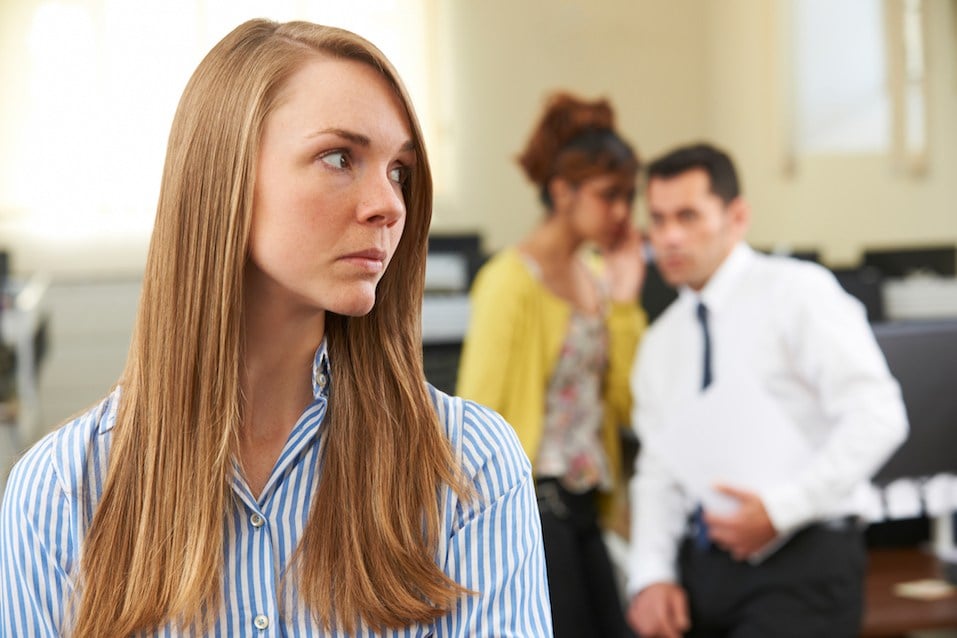
Unaddressed anger can cause cardiovascular disease. | iStock.com/MachineHeadz
Studies have found unchecked anger could cause you to have a heart attack and increase your risk for cardiovascular disease. So what should you do if you’re overcome with anger while you’re at work, and you can’t seem to calm down? If you can, step away from your desk, and take a walk. You’ll not only get some exercise but also let off some steam. Taking time to cool down could also reduce your chances of saying something to your boss you’ll regret later.
2. Raiding the vending machine

That doughnut could come back to haunt you. | iStock.com/YakobchukOlena
There are so many yummy treats at work that you can barely resist. Every time you pass by the vending machine, you can smell the cookies, cakes, and chips. What was once an occasional treat became a morning and mid-afternoon habit you couldn’t break. Now, you have an extra 15 pounds to lose, and you have no idea how they got there. Or maybe your weakness is the box of doughnuts that are usually left in the conference room after meetings. Or perhaps there’s always a co-worker who brings treats from home or has a jar of candy on her desk.
Why loading up on snacks is bad for your health

Cut back on sugary snacks. | iStock.com
A poor diet will eventually catch up to you. If you continue to sustain yourself on unhealthy work snacks instead of consuming a balanced diet each day, you’re asking for trouble. Heart disease, Type 2 diabetes, osteoporosis, and obesity are just some of the diseases you can get from not eating well. Instead of engaging in mindless eating, plan your work snacks ahead of time. Also, learn to say no when those sugary treats are passed around the office.
3. Not getting enough sleep

Your body needs sleep to heal. | iStock.com/monkeybusinessimages
The world of work never seems to stop. There are early morning meetings, fires to put out, and endless projects to work on. By the time you get home, all you want to do is collapse on your bed and forget about the day. The problem is you can’t because you have a report due in the morning, and you’re not finished. So you stay up late, hoping to have everything completed before the sun comes up. Due to your workload, this habit has become all too familiar. “I’ll rest when I die,” you might say. Unfortunately, that day is coming a lot sooner than you think if you don’t start getting some quality rest.
Why lack of sleep is bad for your health

Try to get at least six to eight hours of sleep. | iStock.com/tommaso79
A National Sleep Foundation study found respondents who said they didn’t sleep well also reported having health issues. It’s not clear whether the health issues contributed to the sleep problems or whether lack of sleep contributed to poor health, but a link between sleep quality and health was noted. Roughly 67% of those with less-than-good sleep quality also said they had “poor” or “only fair” health.
Sleep is essential for your body to repair itself. Your body heals during the time you rest. One long-term result of chronic sleep deprivation is high blood pressure. It’s possible consistently sleeping for fewer than six hours each night could raise your blood pressure, said Dr. Sheldon G. Sheps in his Mayo Clinic column. You could also put yourself as risk for diabetes and early mortality, WebMD researchers said.
4. Bringing work home

When you bring work home, stress comes with you. | iStock.com
Every now and then, you bring small tasks home, so you can get a jump-start on the next day. At first, things work out well, and your boss asks you to take on bigger projects because you do a good job and work so quickly. This raises your profile at work, and now all the managers know who you are. Unfortunately, you have to bring home even more work, so you can keep up. The pressure is on. Now, you’re so tired and stressed out you can’t even enjoy your personal life. You’re too busy worrying about work.
Why bringing work home is bad for you
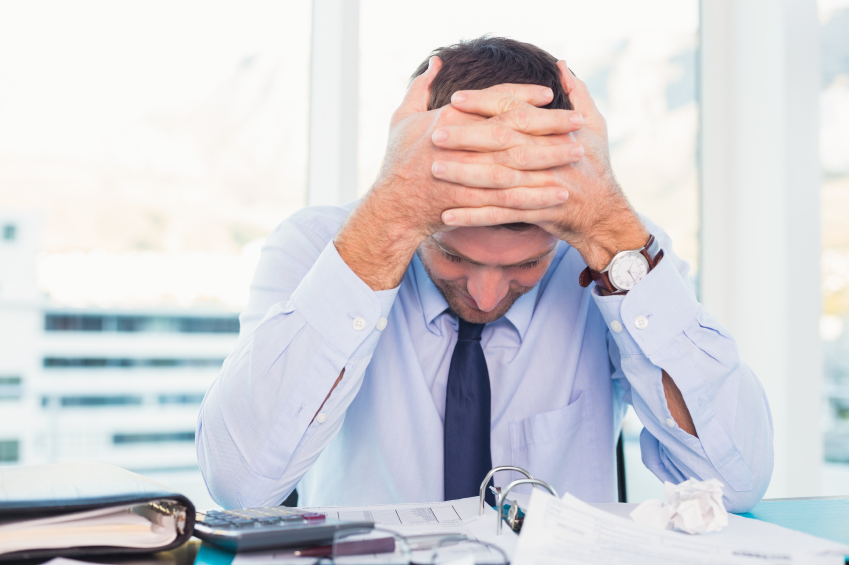
Burnout lowers productivity. | iStock.com
A study published in the American Sociological Review found nearly half of U.S. workers bring their work home. If you’re one of these workers, it’s important for you to pause and take a break from work. Whether you’re trying to get ahead or you’re drowning in assignments, it’s not worth trading your health for career advancement. Your mind and body need to slow down, so you can recover from the stress of the work week.
An American Psychological Association study found the two most common stressors among survey participants are work and money. If work stress is following you home, this could affect your health by causing serious health issues, such as heart disease.
5. Sitting too long

Overwork is bad for your health. | iStock.com/AntonioGuillem
Your days are so busy you probably joke with your co-workers about being chained to your desk and not even having enough time to go to the restroom. Sadly, for many workers, that’s partly true. Many Americans sit at their desks far too long, risking the health of their minds and bodies. Workers eat at their desk, stay cooped up in their cubicles to join in on marathon conference calls, and even finish getting ready for work at their desk.
How sitting too much can kill you

Sitting is terrible for your health. | iStock.com/gpointstudio
Not getting up from your desk to take breaks throughout the day can put you at risk for deadly blood clots. When a clot forms in one of the major veins deep inside your body, this is called deep vein thrombosis. If the clot breaks off and travels through your blood stream to your lungs, this can cause a deadly condition known as pulmonary embolism. You can get serious blood clots just after surgery or from remaining immobile for a long time. Prolonged sitting can also raise your risk for Type 2 diabetes.

